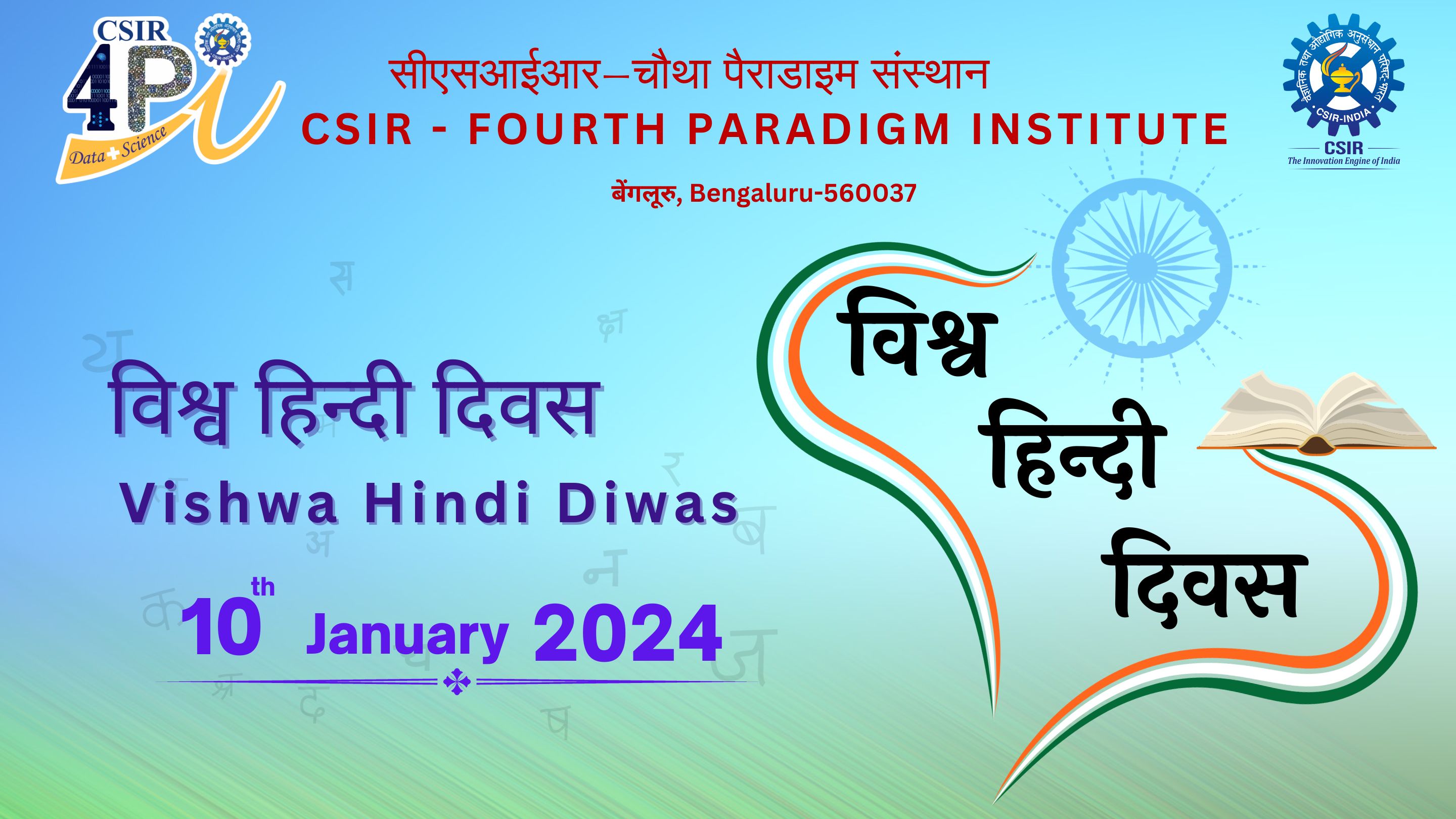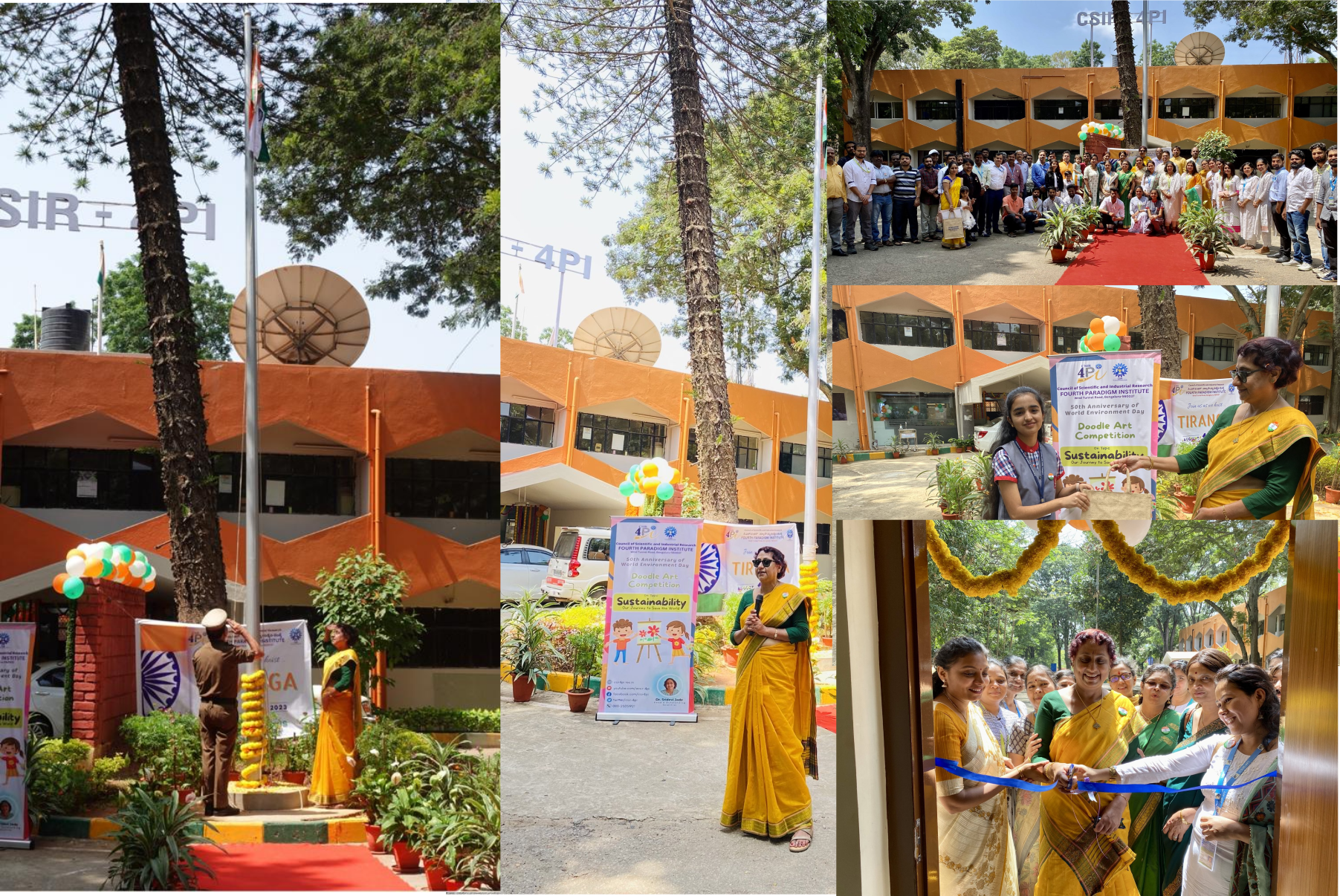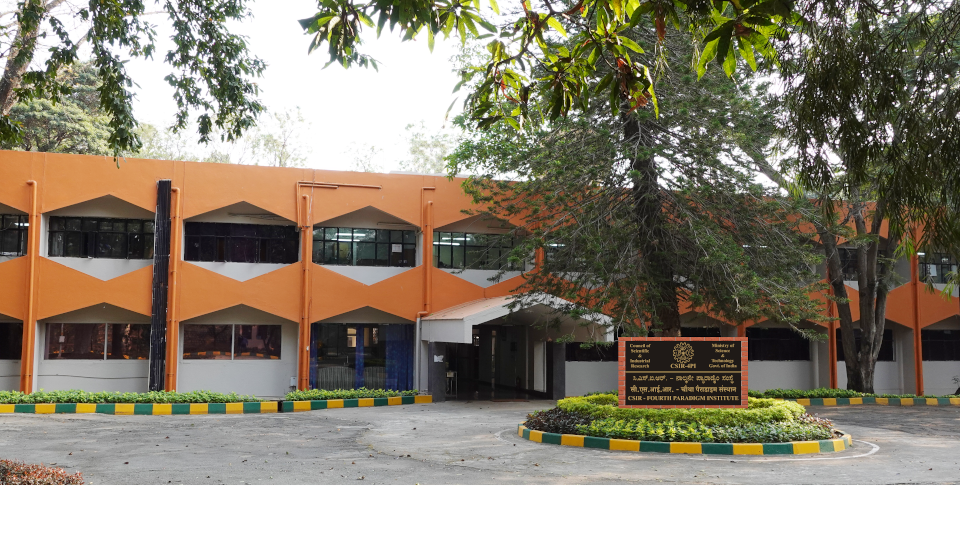by Sanchit Minocha and Imtiyaz A. Parvez
Abstract
The Gorkha Earthquake that occurred on 25th April 2015 was a long anticipated, low angle thrust-faulting shallow event in Central Nepal that devastated the mountainous southern rim of the High Himalayan range. The earthquake was felt throughout central and eastern Nepal, much of the Ganges River plain in northern India, and northwestern Bangladesh, as well as in the southern parts of the Plateau of Tibet and western Bhutan. Two large aftershocks, with magnitudes 6.6 and 6.7, occurred in the region within one day of the main event, and several dozen smaller aftershocks occurred in the region during the succeeding days. In this study, we have analyzed the 350 aftershocks of the 2015 Gorkha Earthquake of Mw 7.8 to understand the spatial and temporal distribution of b-value and the fractal correlation dimension. The b-value is found to be 0.833 ± 0.035 from the Gutenberg-Richter relation by the least squares method and 0.95 ± 0.05 by the maximum likelihood method, indicating high stress bearing source zone. The spatial and temporal correlation dimension is estimated to be 1.07 ± 0.028 and 0.395 ± 0.0027 respectively. Spatial correlation dimension suggests a heterogeneous distribution of earthquake epicenters over a linear structure in space, while the temporal correlation dimension suggests clustering of aftershock activity in the time domain. The spatial variation of the b-value reveals that the b-value is high in the vicinity of the mainshock which is due to the sudden release of stress energy in the form of seismic waves. The spatial distribution of correlation dimension further confirms a linear source in the source zone as it varies from 0.8-1.0 in most of the region. We have also studied the temporal variation of b-value and correlation dimension that shows positive correlation for about first 15 days, then a negative correlation for next 45 days and after that, a positive correlation. The positive correlation suggests that the probability of large magnitude earthquakes decreases in response to increased fragmentation of the fault zone. The negative correlation means that there is a considerable probability of occurrences of large magnitude earthquakes, indicating stress release along the faults of a larger surface area [1]. The correlation coefficient between b-value and the correlation dimension is estimated to be 0.26, which shows that there is no significant relation between them.
source: https://www.scirp.org/journal/paperinformation.aspx?paperid=102420


































